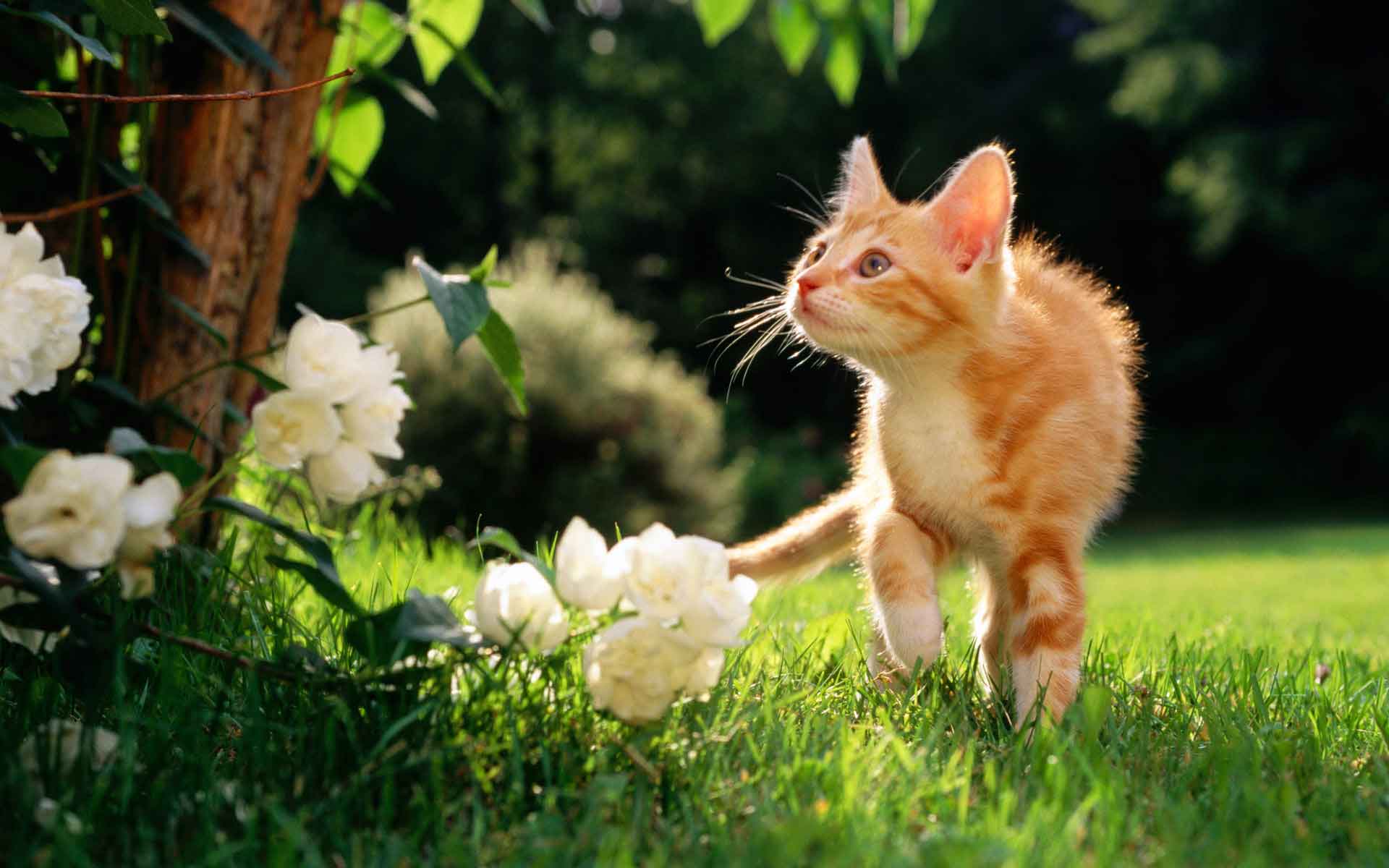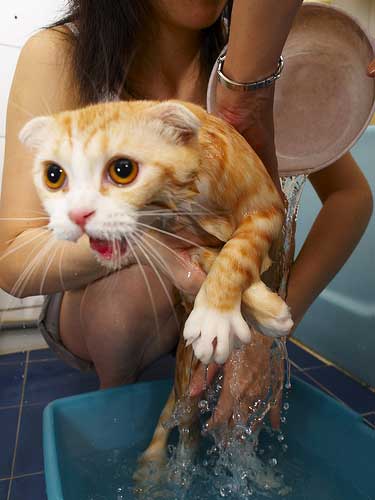
Call us Now ![]() +91-8744012053
+91-8744012053
Mon - Sat ~ 10:00 AM - 6:00 PM
Follow & Like
.png)


Call us Now ![]() +91-8744012053
+91-8744012053
Mon - Sat ~ 10:00 AM - 6:00 PM
Follow & Like
.png)


It’s that time of the year again when the sun shines fiercely and the temperature seemingly rises indefinitely. Extreme summers can be a grueling experience not just for humans but their pets as well. Below mentioned are ways to ensure your cat happily welcomes the summers and steers clear of health problems such dehydration and overheating. However the good news is that feline population is able to tackle warm weather conditions more effectively than canines. It is important to note that a cat’s ideal body temperature ranges between 38.06 degrees Celsius – 38.61 degrees Celsius. A temperature of 41.6 degree Celsius is an alarming sign that your cat is overheated and needs to be rushed to a vet to deal with the medical emergency situation. Read below the tips on how to take care of cats for an easy breezy summer experience.
 [Image credit: wallpapercats]
[Image credit: wallpapercats]A lush green expanse with shrubs and trees offers a cool respite to a cat spending time in the open. Trees and plants keep the sun out, encouraging a cat parent to allow the pet to spend some relaxing time in shaded spots of the yard.
However it is advisable to permit the pet to explore the outdoors during the early morning or dusk. The same rule applies for choosing an ideal time for walking the cat/kitten.
A cooler room of the house would be one out of the reach of sun’s direct rays or in the basement. Such an area would be perfect for the kitty to spend most of its day. An area carpeted with Ceramic tiles or Marble floor coverings will remain cooler even during hot humid weather.
 [Image Credit: fun107]
[Image Credit: fun107]To bring the temperature down fans or air conditioning can be used inside the house.
Plastic bottles filled with chilled water can be placed in or around the cat’s bed so that the feline can sit or lie beside it. On extremely hot days plastic bags filled with ice cubes can be positioned underneath or close to the pet’s couch.
The cat owner can dip a towel in cold water and after wringing out the water the cloth can be wrapped around the feline’s body. Another trick is to let a towel sit in the freezer for some time, for it to be later placed on the cat bed for the pet to enjoy some nippiness amid sultry conditions.
The pet largely depends upon its human parent for taking care of most of its needs. It is important for proactive pet guardians to place bowls filled with fresh drinking water at strategic spots in the house especially areas often used by the pet. This way the cat will be encouraged to sip on water to quench its thirst and maintain the necessary balance with regard to the fluid intake. You can add cubes of ice to your kitty’s drinking water to keep it from getting warm.
 [Image Credit: petmd]
[Image Credit: petmd]Practically no creature can escape the harmful effects of the sun’s rays. The blazing sun can be as nasty to your pet cat & cause distressing sun burns. Apply sunscreen on your furry friend before it gallivants outside the house. Light haired kitties or cats with light ears and white faces are more susceptible to sun burns. Sun exposure can also lead to a form of cancer that originates at the ends of the ears and nose. Therefore it is important to apply sunscreen on the ears, nose and skin.
Fleas and Tick infestation can occur at any time of the year (and known to cause serious illnesses in the host) but these pests can bother your pet more during hot-humid weather conditions. Tick and flea preventive measures include the use of powders, flea/tick sprays, shampoos help in washing off the fleas/ticks down the drain (the product needs to be massaged all over the pet’s body, thereafter leave it on for close to ten minutes before washing it off), and tick-control collars. Also clear off the yard of dead leaves and prune the grass and hedges, as this will help in decreasing the tick population in your garden.
Older and fat cats are easy preys when it comes to suffering from heatstroke. Also if the pet is experiencing some illness, the chances of it succumbing to overheating increase.
Watch for signs such as heavy breathing, (excessive) salivation, experience nausea/vomiting, nervousness, very high body temperature, tongue turning bright red, redness in gums, giddiness, weariness, diarrhea and blackout.
The veterinarian must be approached at the earliest in case you notice the cat displaying any of these symptoms. Attempts must be made to bring down its body temperature by wrapping around the animal damp towels (dipped in cold water). Try to cool down the animal by putting ice packs on its head and body. Also the cat parent can make the pet sit in a bath of cold water for about half an hour or so to stabilize its body temperature. Medical intervention is needed as a heatstroke can also lead to death of the animal in the absence of timely treatment.
 [Image Credit: catsanimals]
[Image Credit: catsanimals]Cat owners must also pay attention to something that might seem to be harmless to the pet. Never leave your cat all by itself in a stationary car, as the car’s interiors can get extremely and unbearably hot as compared to the outdoors. Also leaving a window rolled-down will not help in normalizing the temperature inside the vehicle.
Resource Box:
http://www.cat-world.com.au/summer-care-for-cats
https://writeandrescue.wordpress.com/2012/06/20/top-5-summer-care-tips-for-cats/